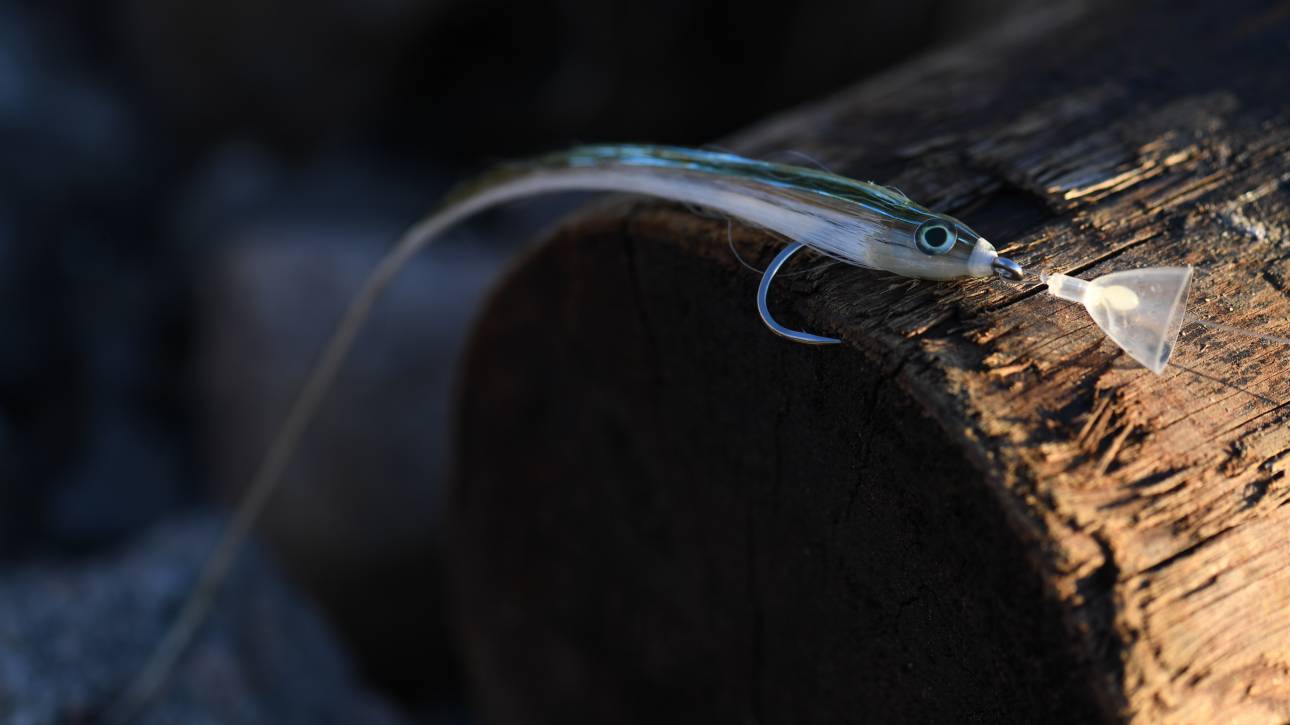With a passion for crafting intricately designed flies and a deep appreciation for the artistry and science behind fly fishing, Kim Mäki has become a respected figure in the fly fishing community. In this interview, we delve into Kim's journey into the world of fly tying, exploring the motivations, inspirations, and creative processes that drive…








